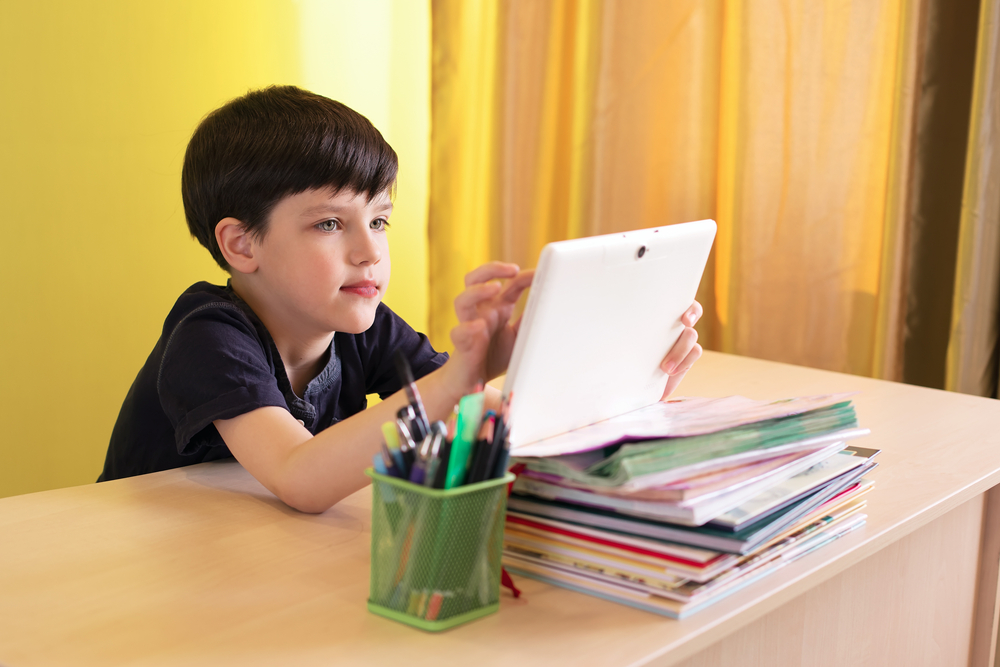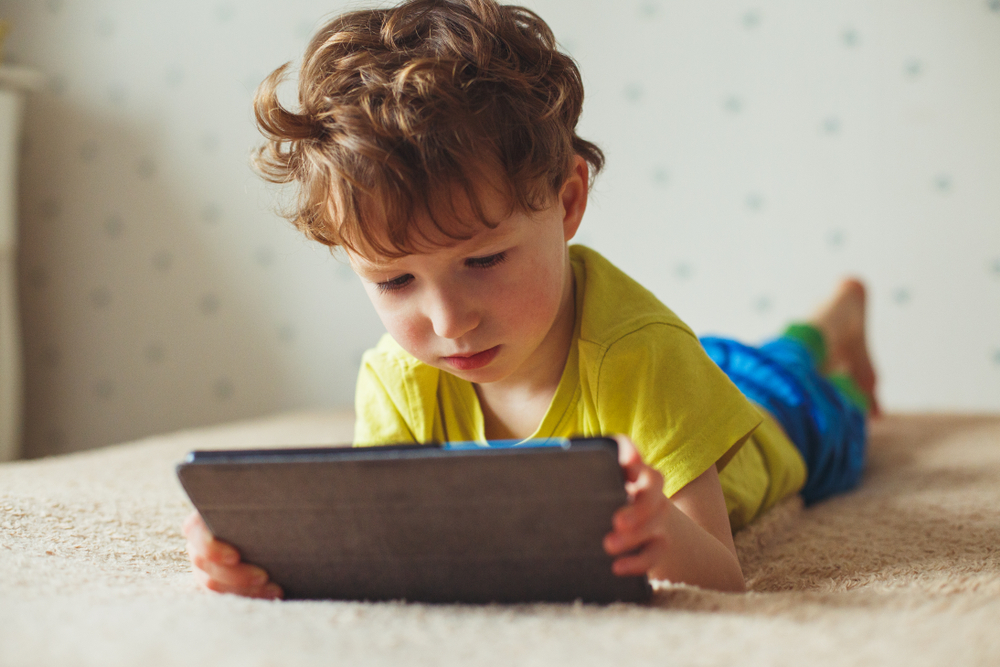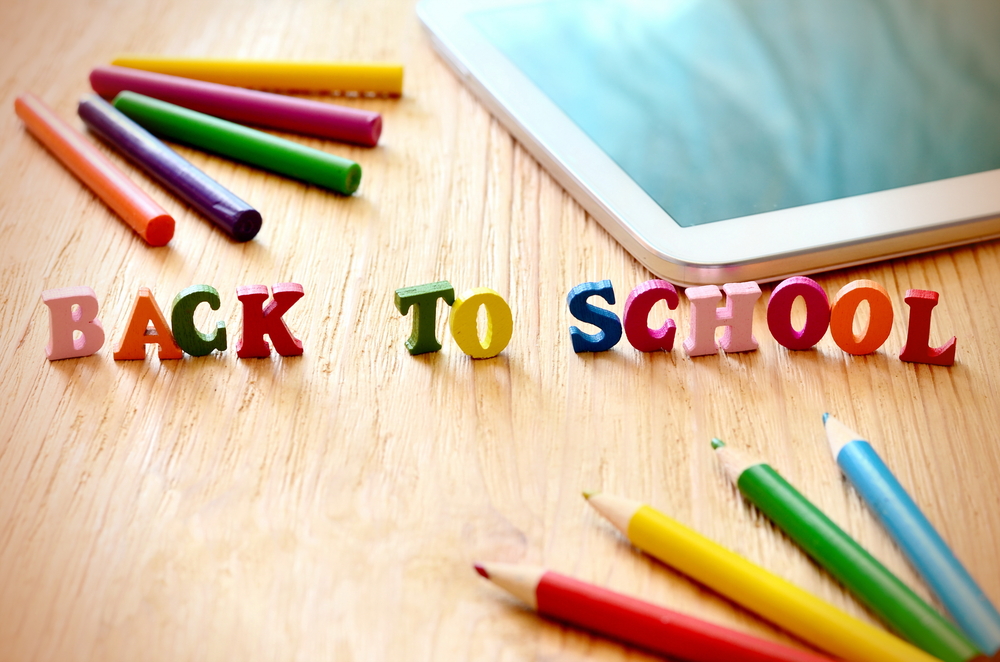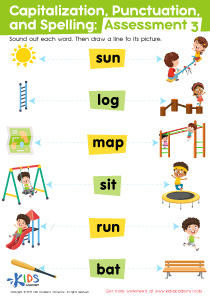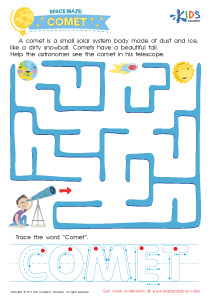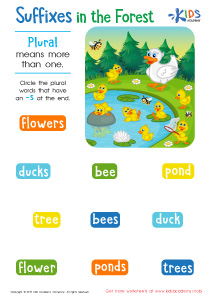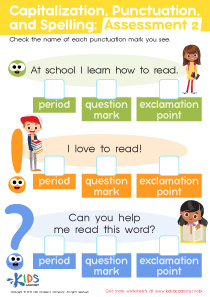Easy Writing Worksheets for Ages 3-7
37 filtered results
-
From - To
Discover "Easy Writing Worksheets for Ages 3-7," designed to ignite early writing skills in young learners! Our engaging and educational worksheets help children master handwriting, letter recognition, and early sentence formation through fun and interactive activities. Perfect for preschoolers and early elementary students, each worksheet is crafted to build confidence and foster a love for writing. With colorful illustrations and simple prompts, kids will enjoy practicing their writing skills. Give your child a head start on literacy with our expertly designed, easy-to-use, and printable writing worksheets. Explore our collection today and watch your budding writer thrive!
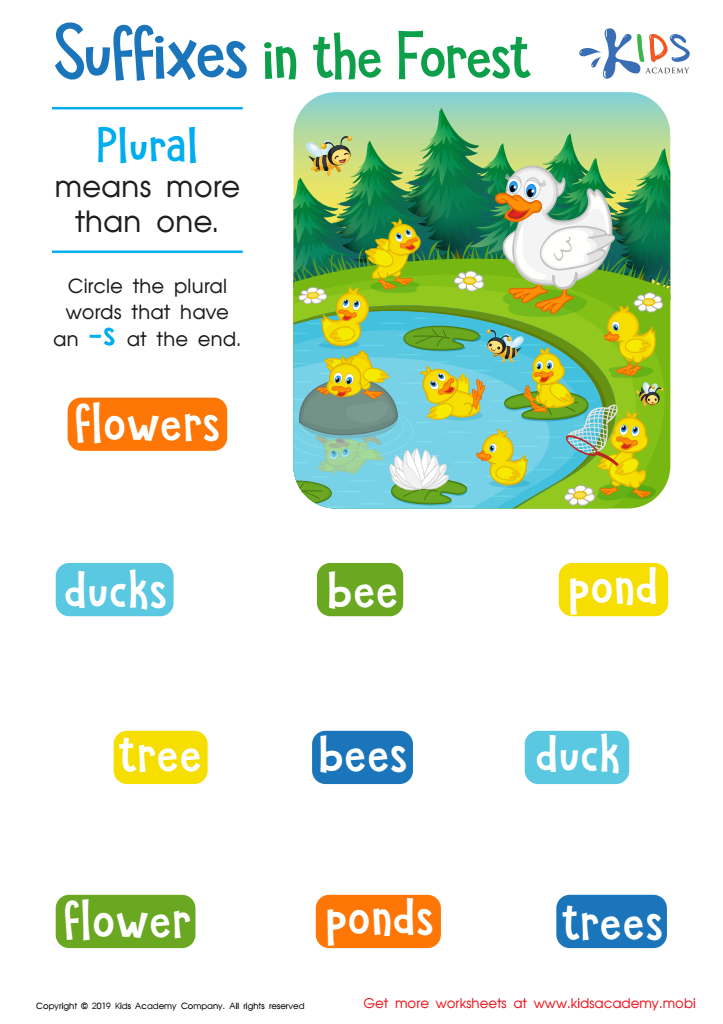

Suffixes in the Forest Worksheet
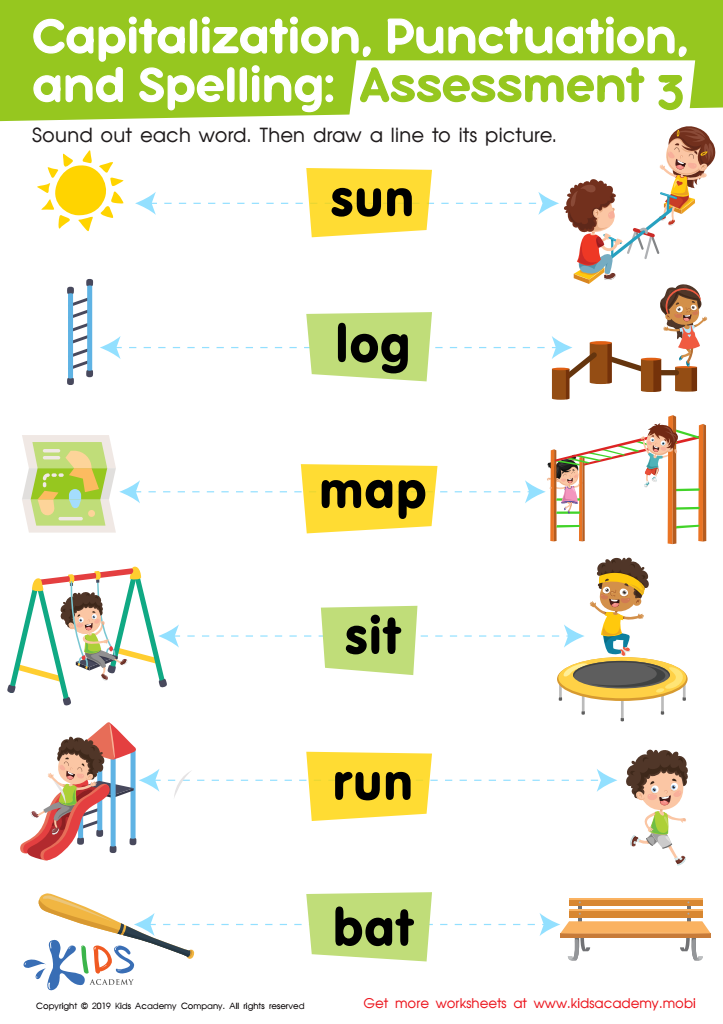

Capitalization. Punctuation. Spelling. Assessment 3 Worksheet
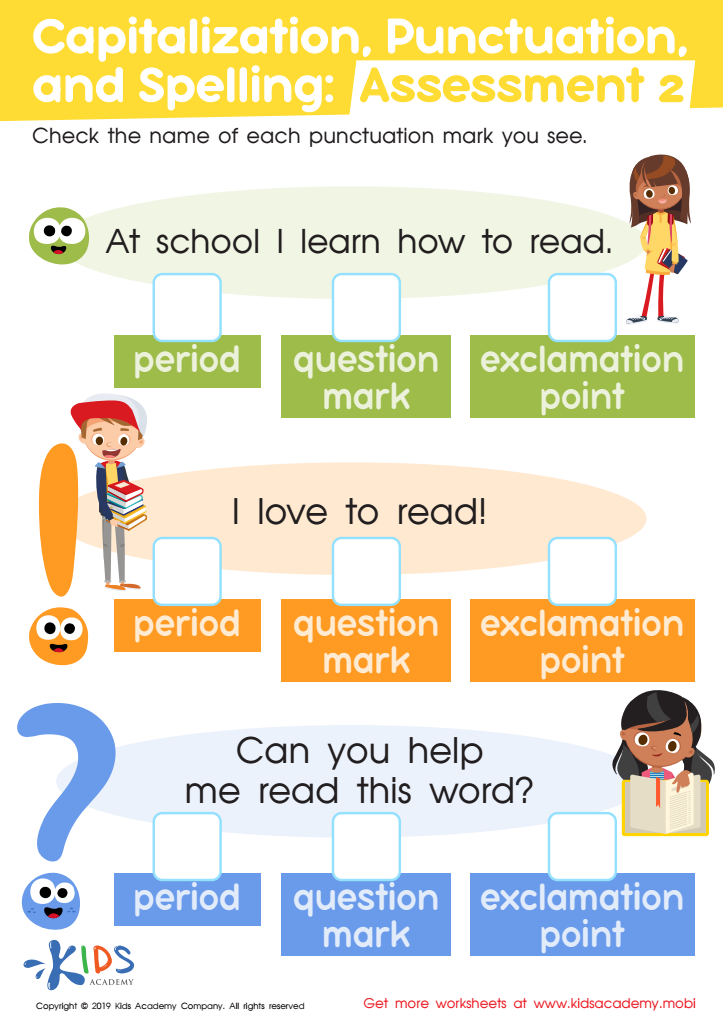

Capitalization. Punctuation. Spelling: Assessment 2 Worksheet
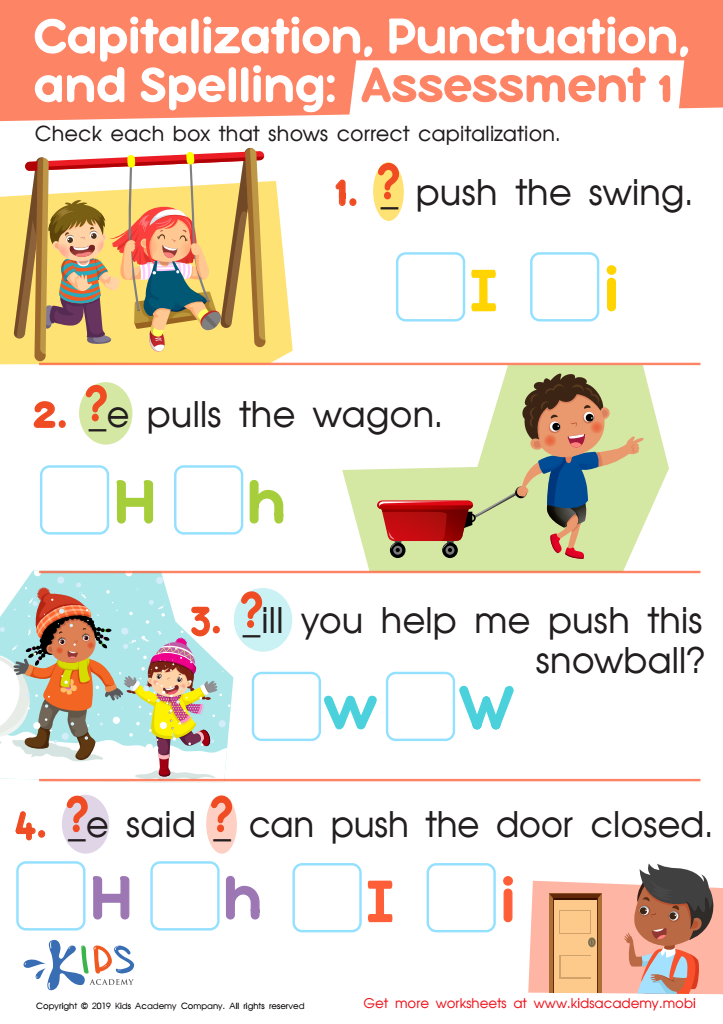

Capitalization. Punctuation. Spelling: Assessment 1 Worksheet
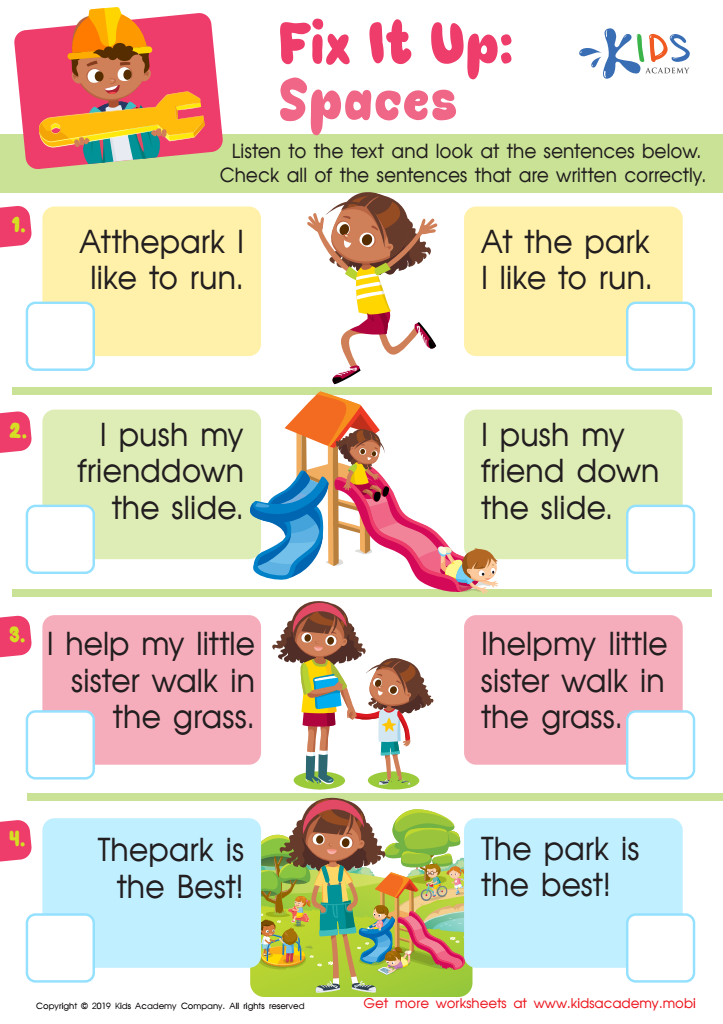

Fix Spaces Worksheet
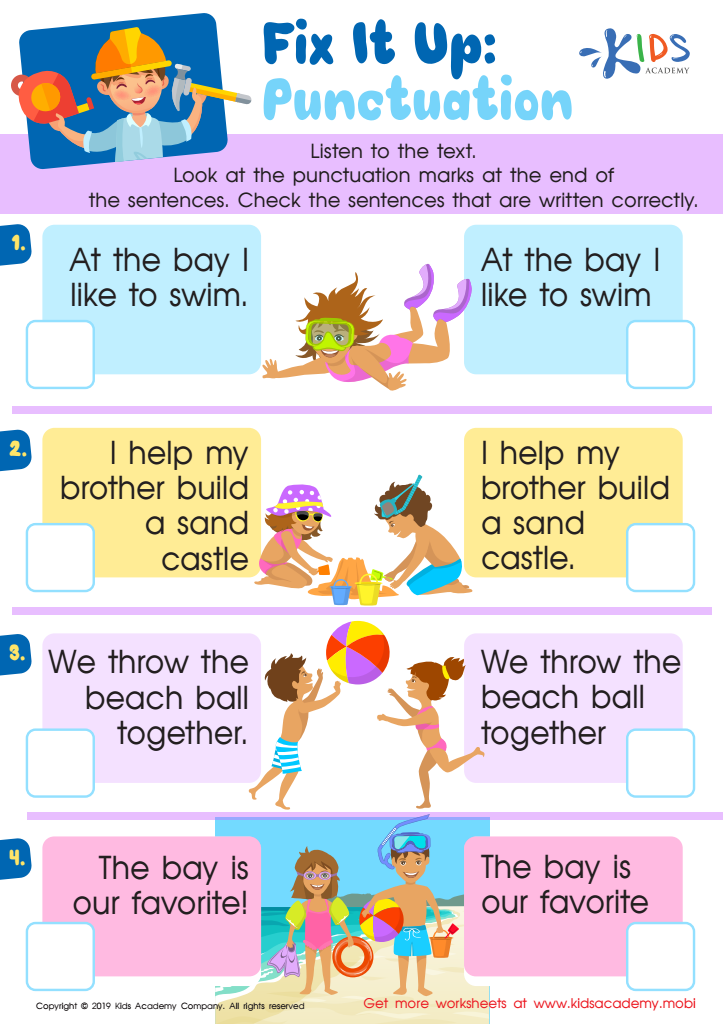

Fix Punctuation Worksheet
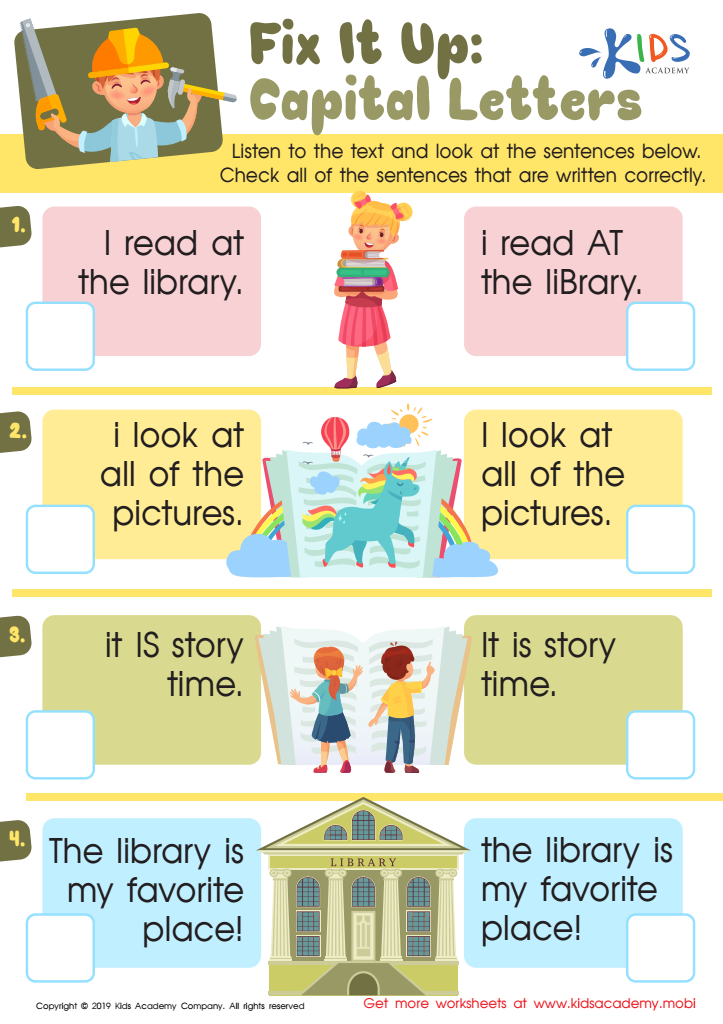

Fix Capital Letters Worksheet
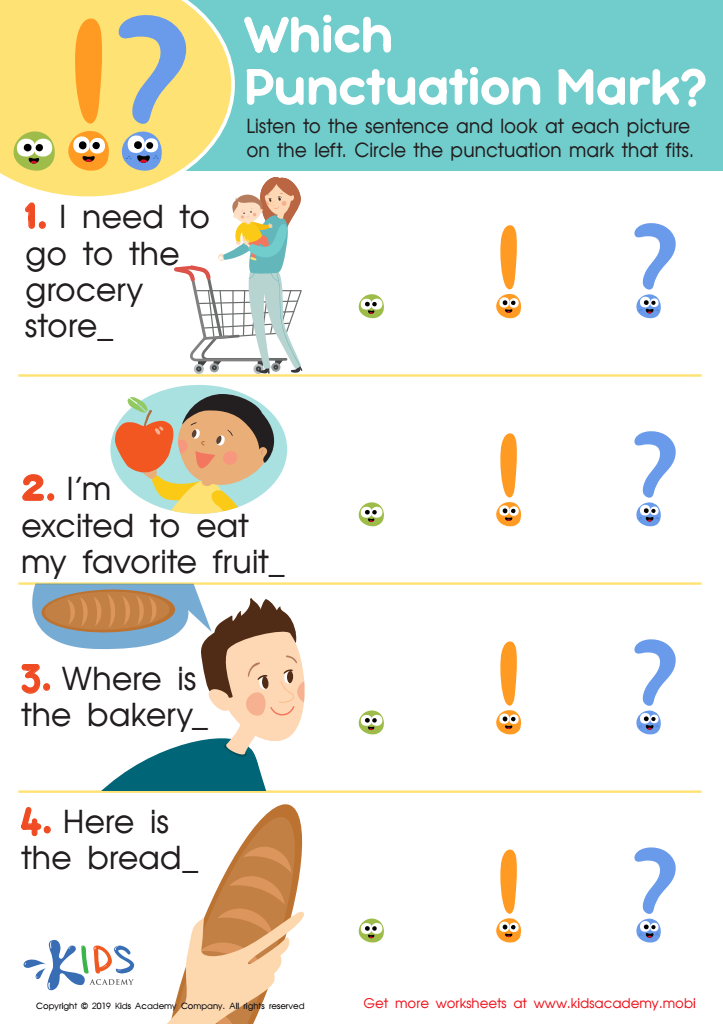

Which Punctuation Mark Worksheet
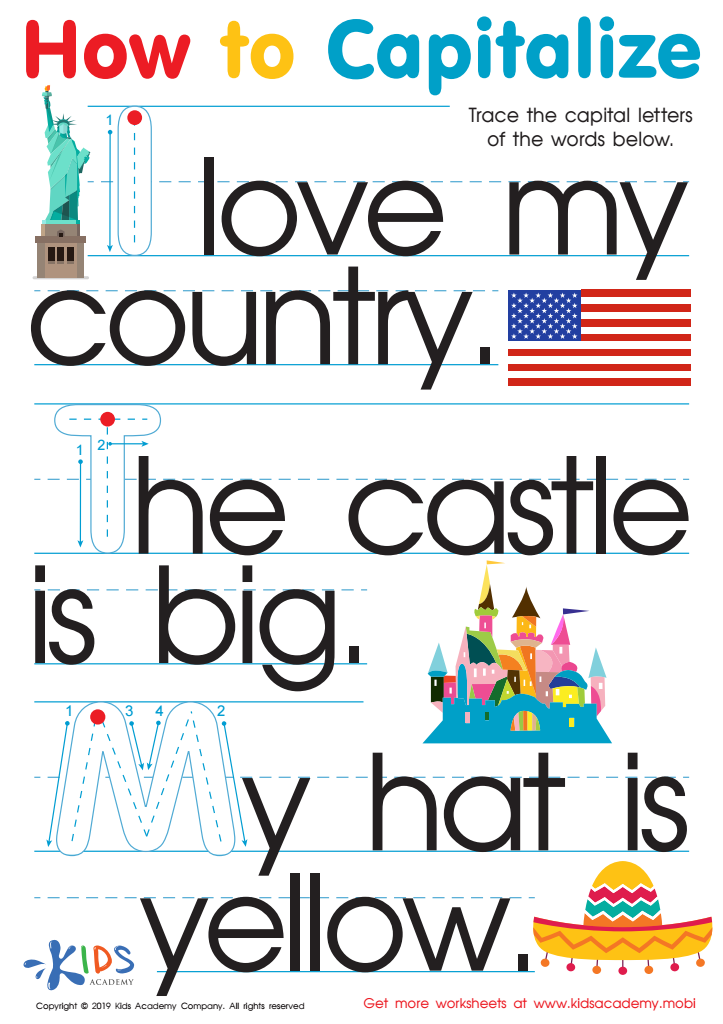

How to Capitalize Worksheet
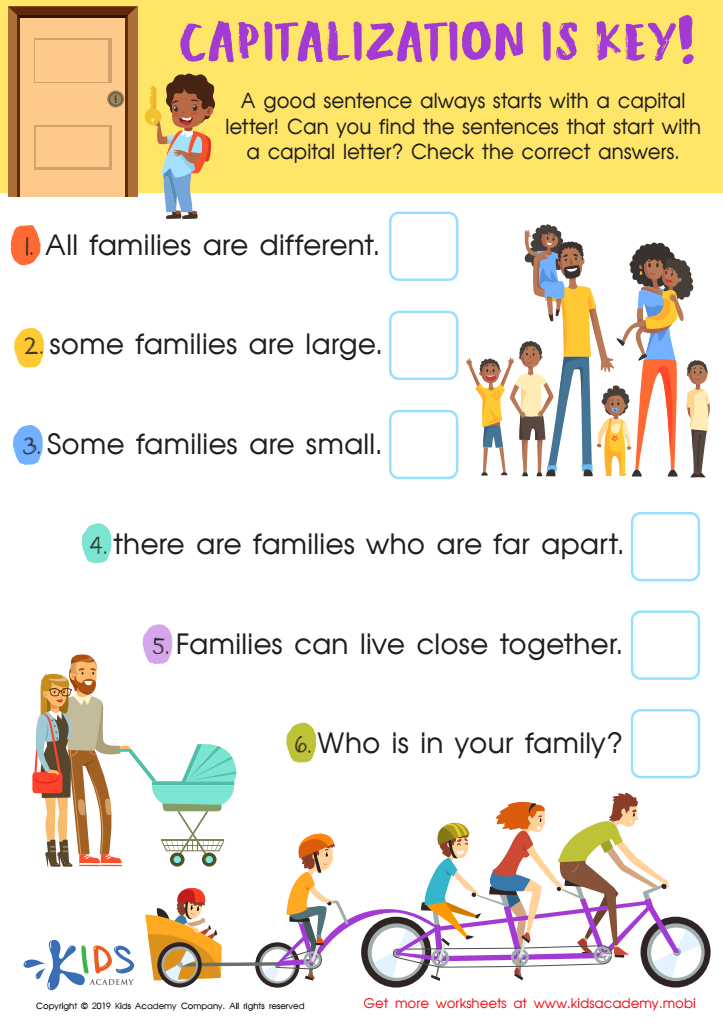

Capitalization Key Worksheet
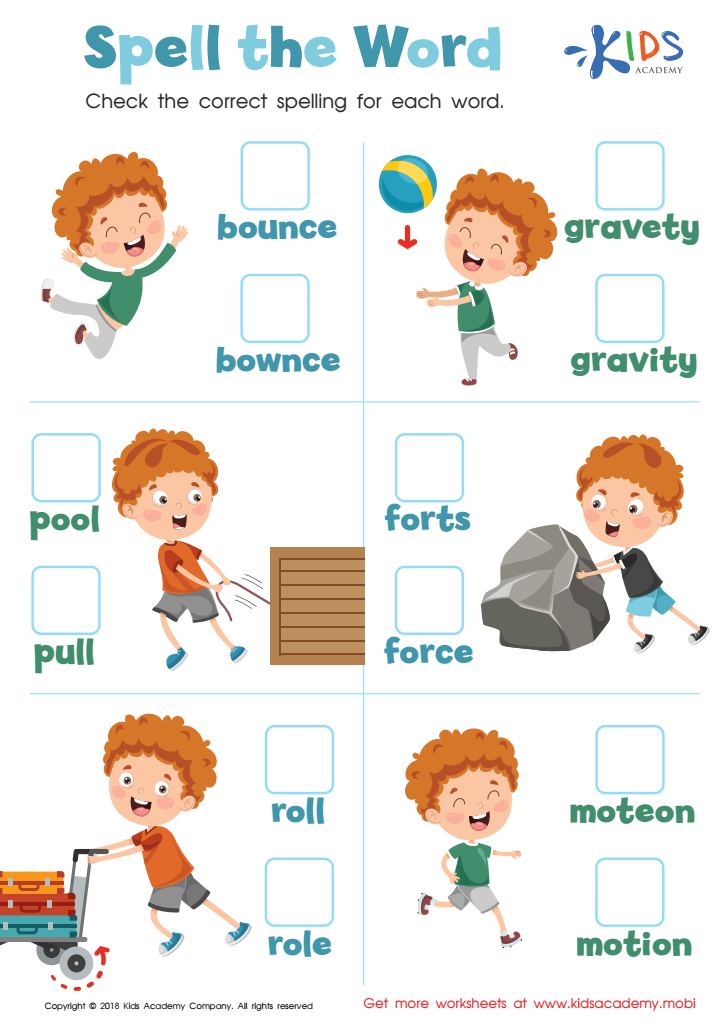

Spell the Word Worksheet
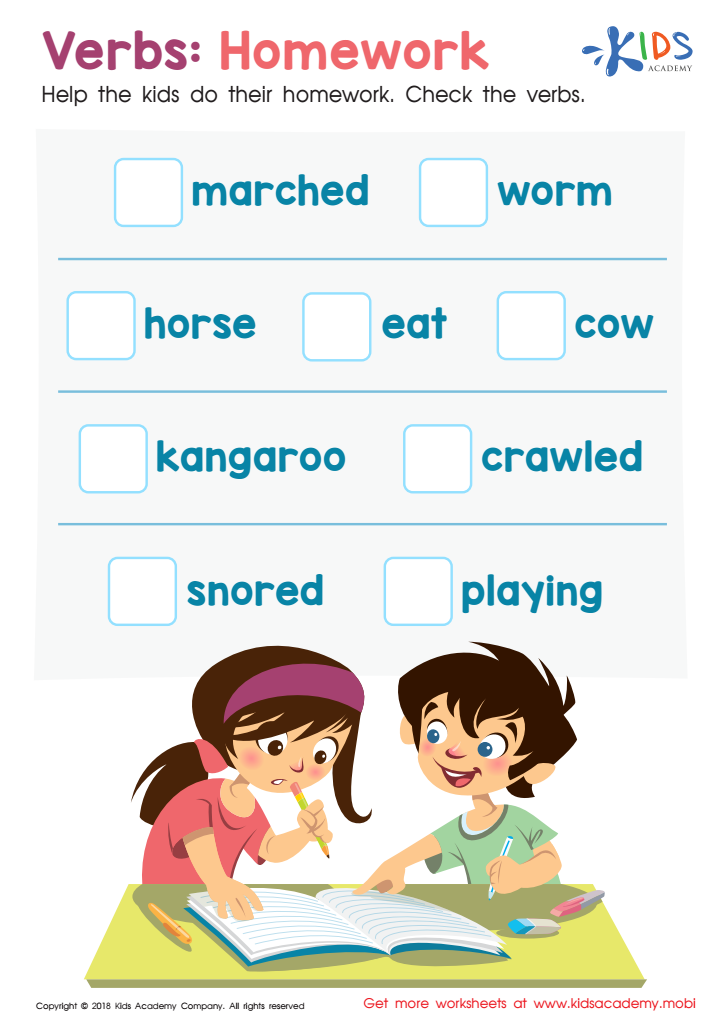

Verbs Homework Worksheet
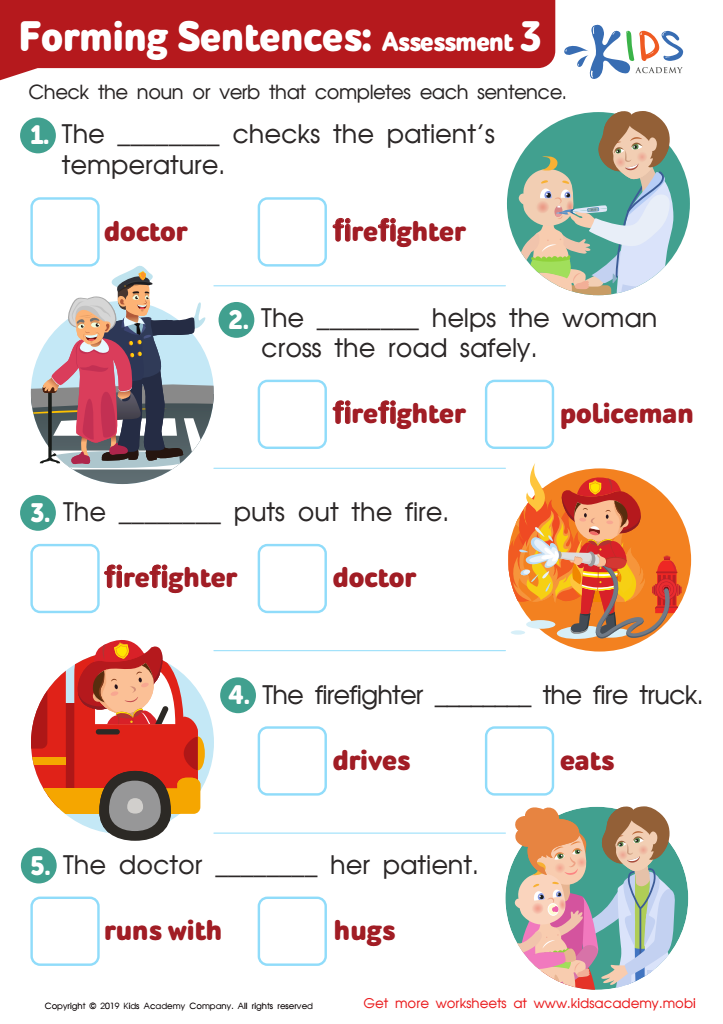

Forming Sentences: Assessment 3 Worksheet
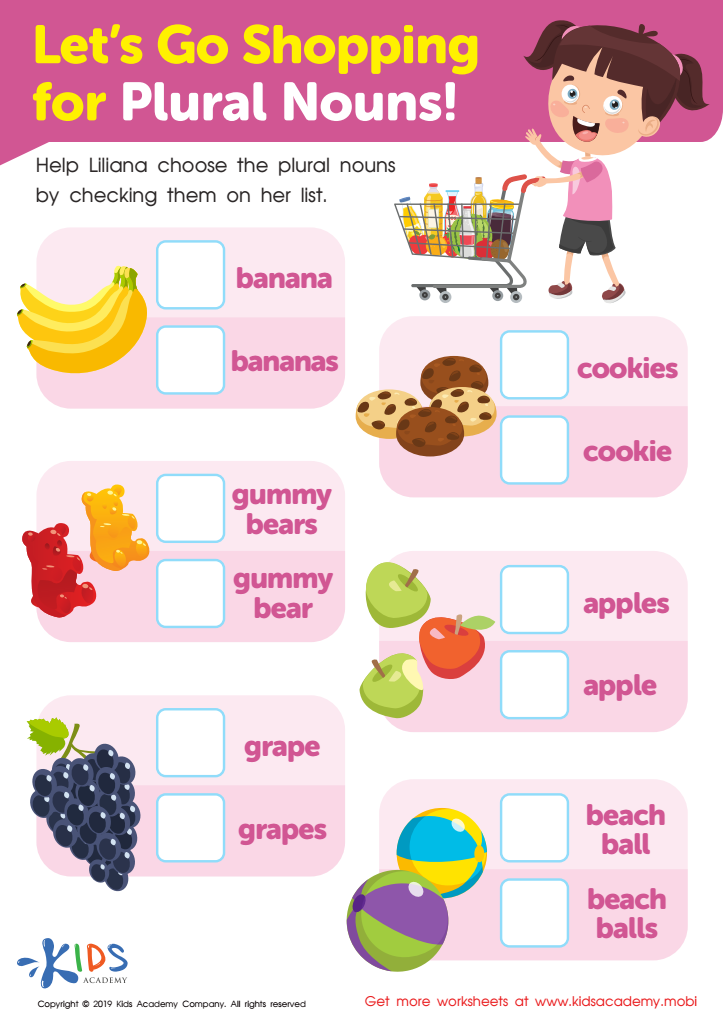

Let's Go Shopping for Plural Nouns! Worksheet
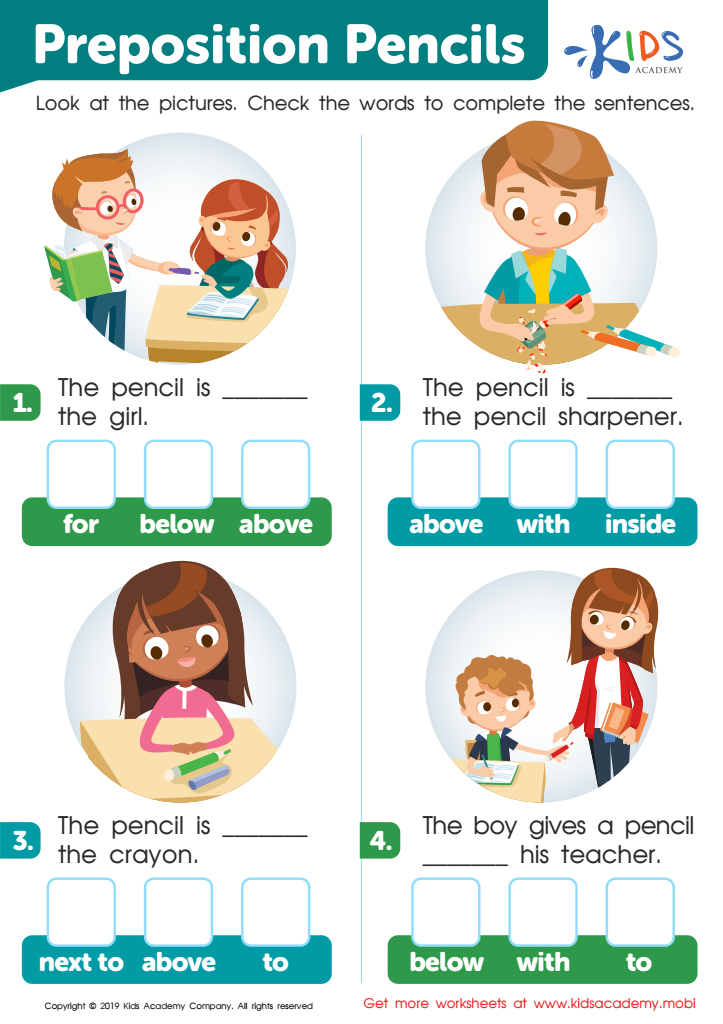

Preposition Pencils Worksheet
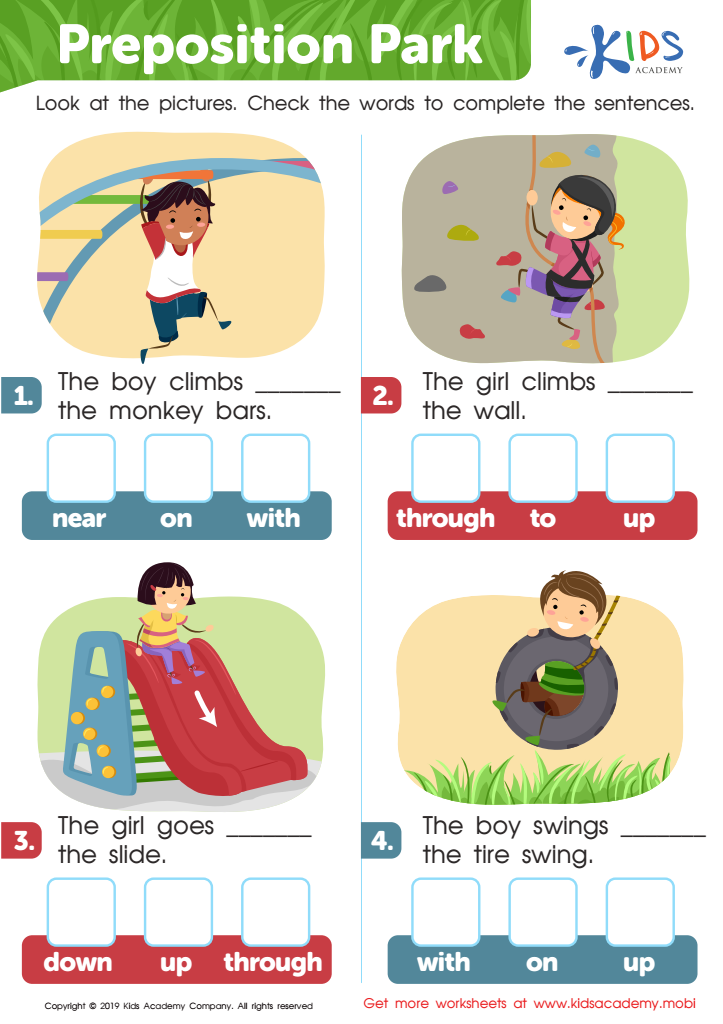

Preposition Park Worksheet
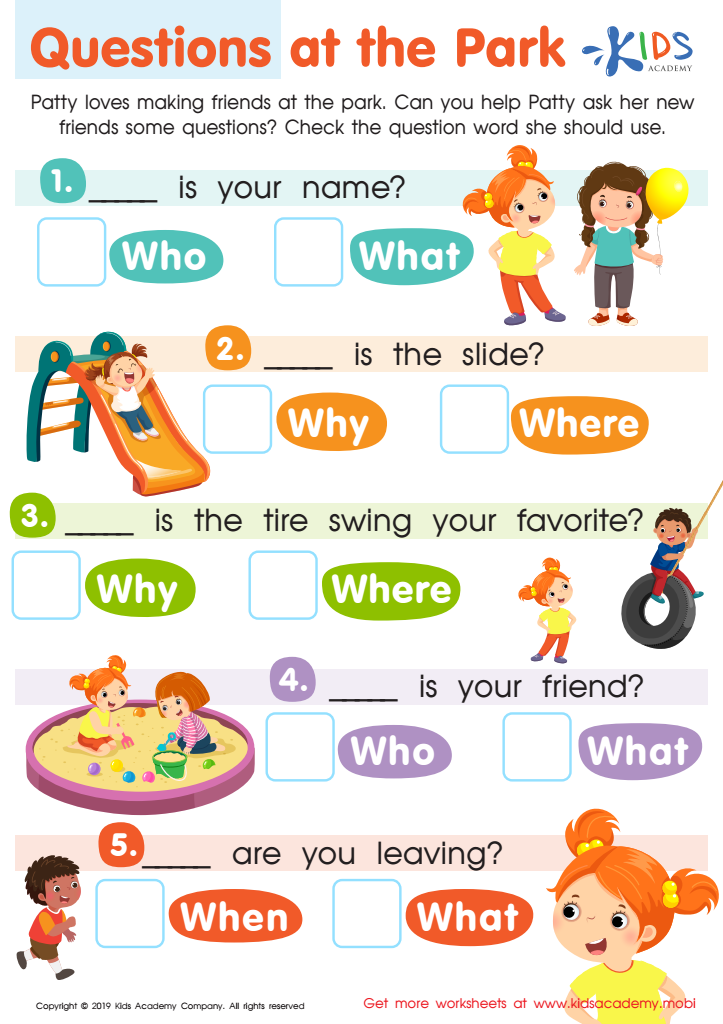

Questions at the Park Worksheet
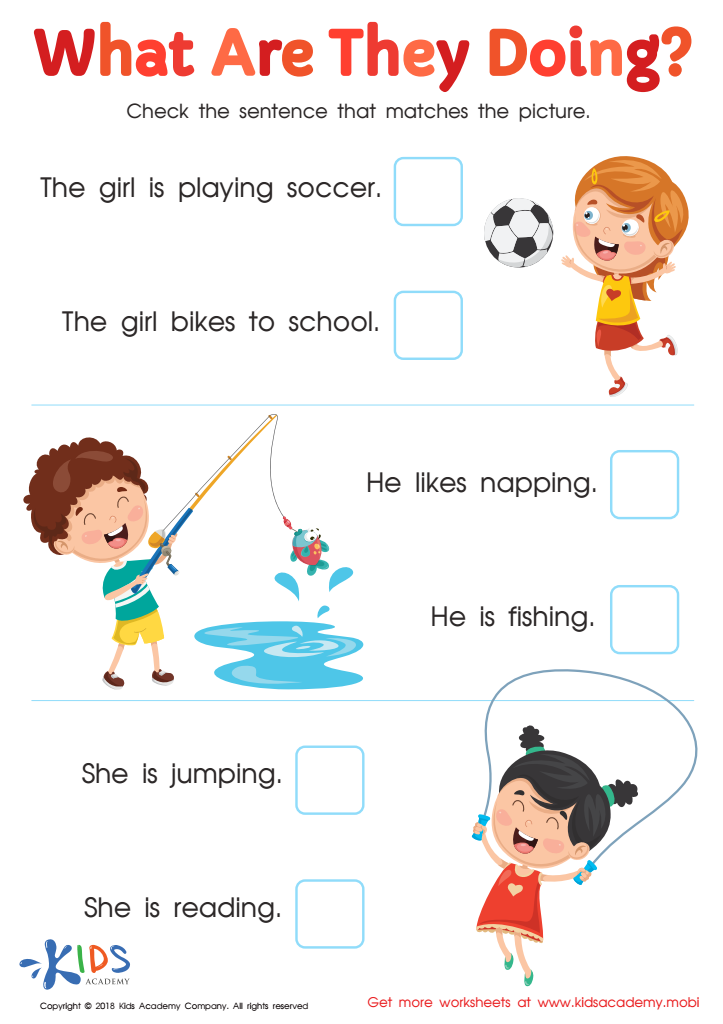

What Are They Doing? Worksheet
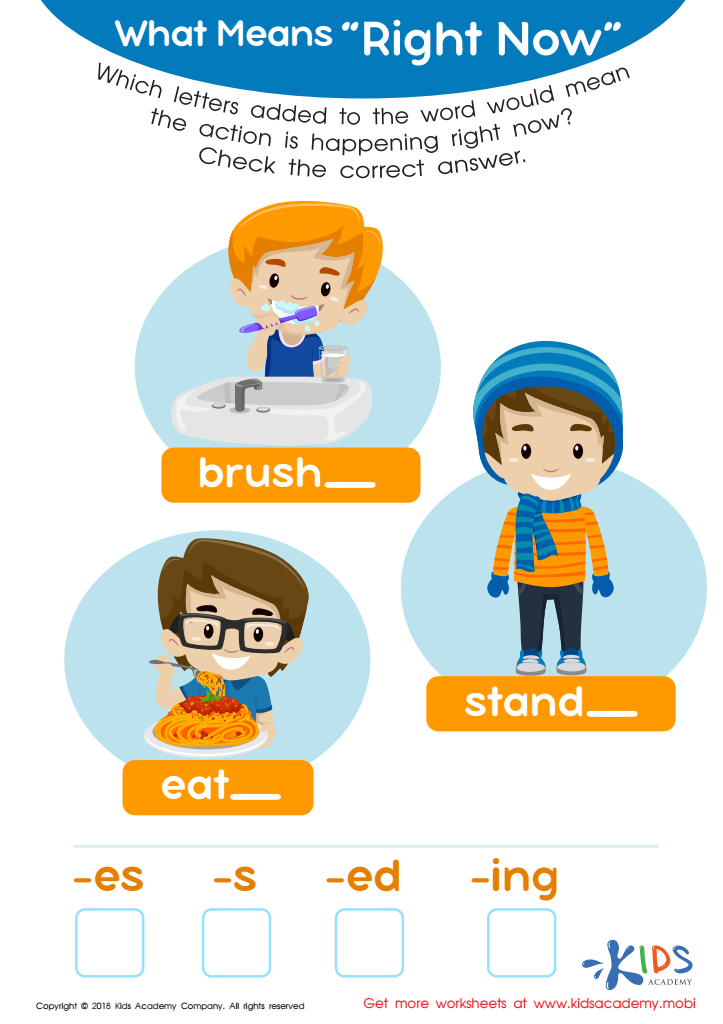

What Means "Right Now" Worksheet
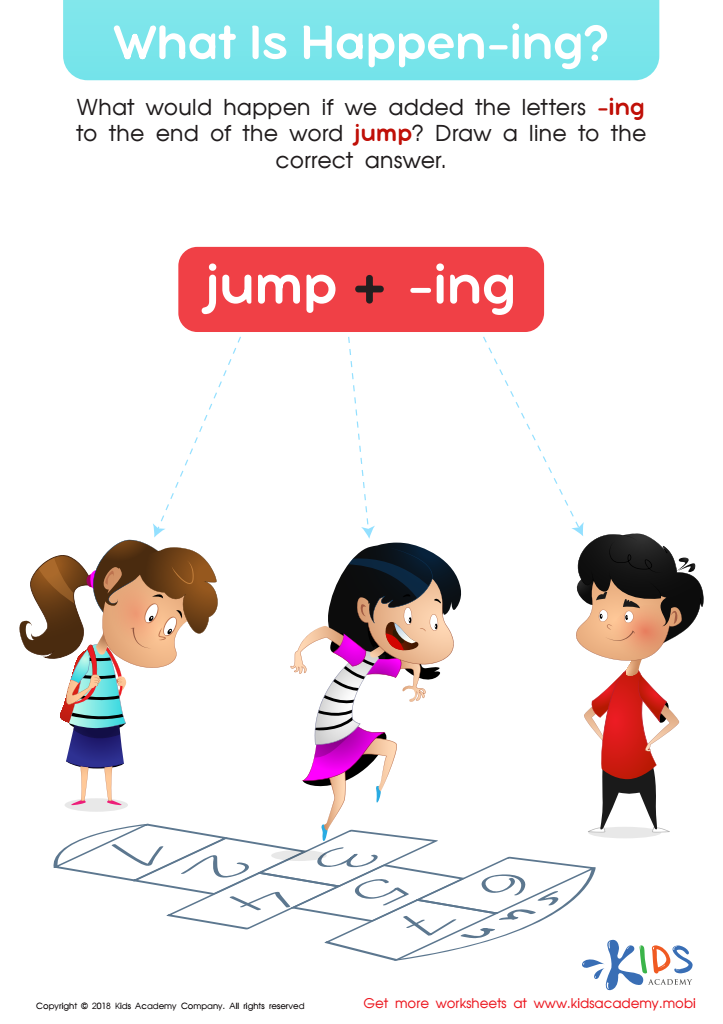

What Is Happen-Ing? Worksheet
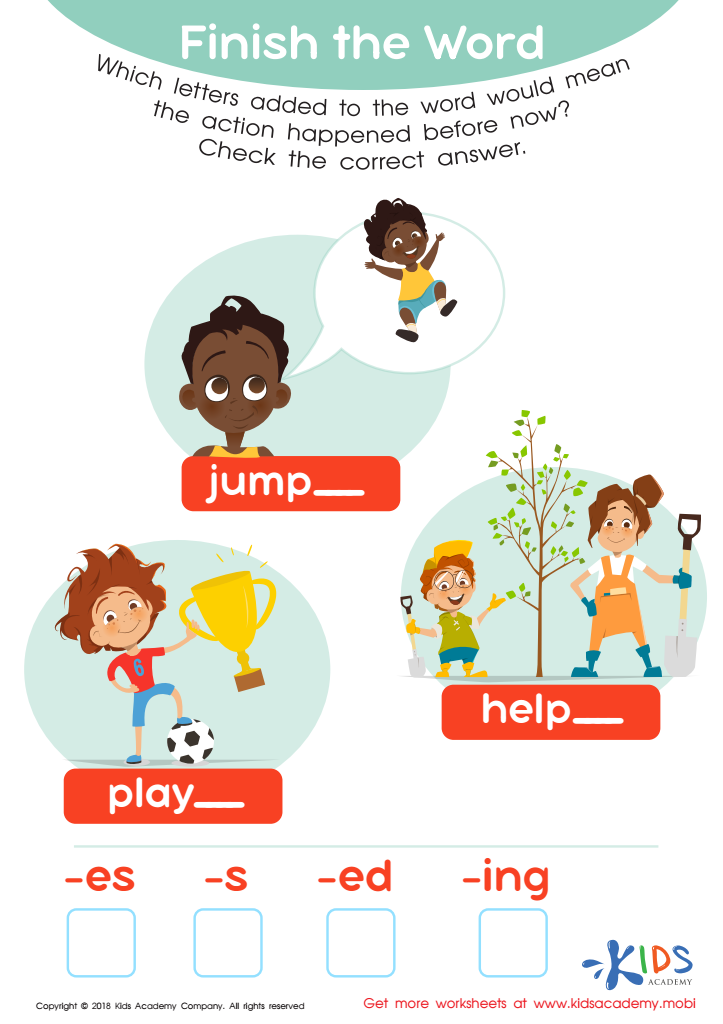

Finish the Word Worksheet
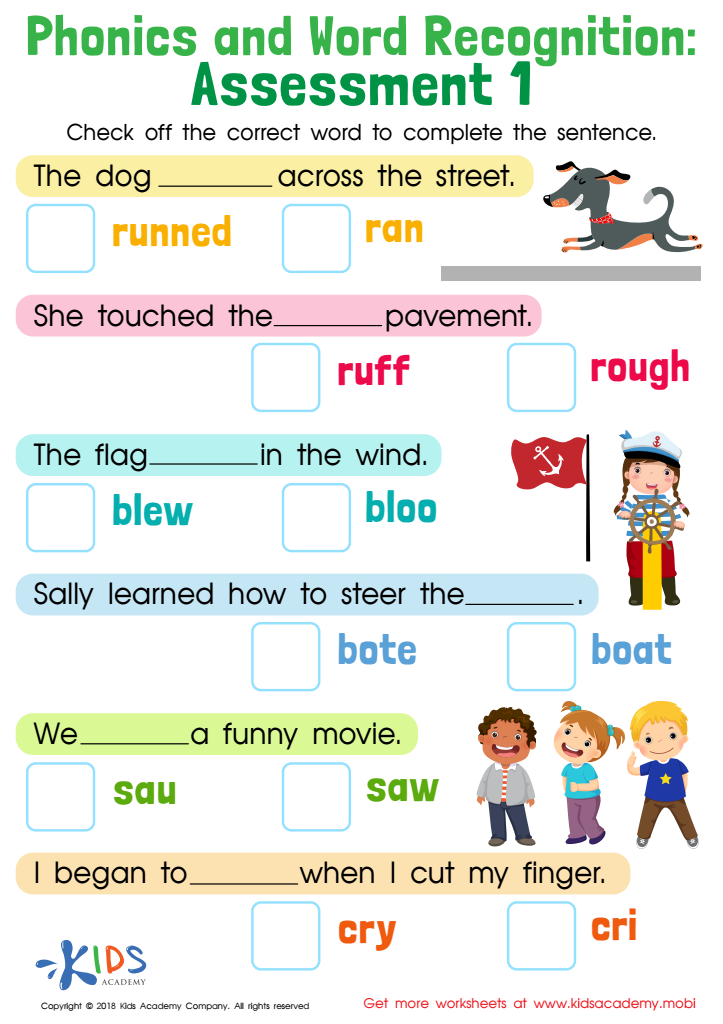

Phonics and Word Recognition: Assessment 1 Worksheet
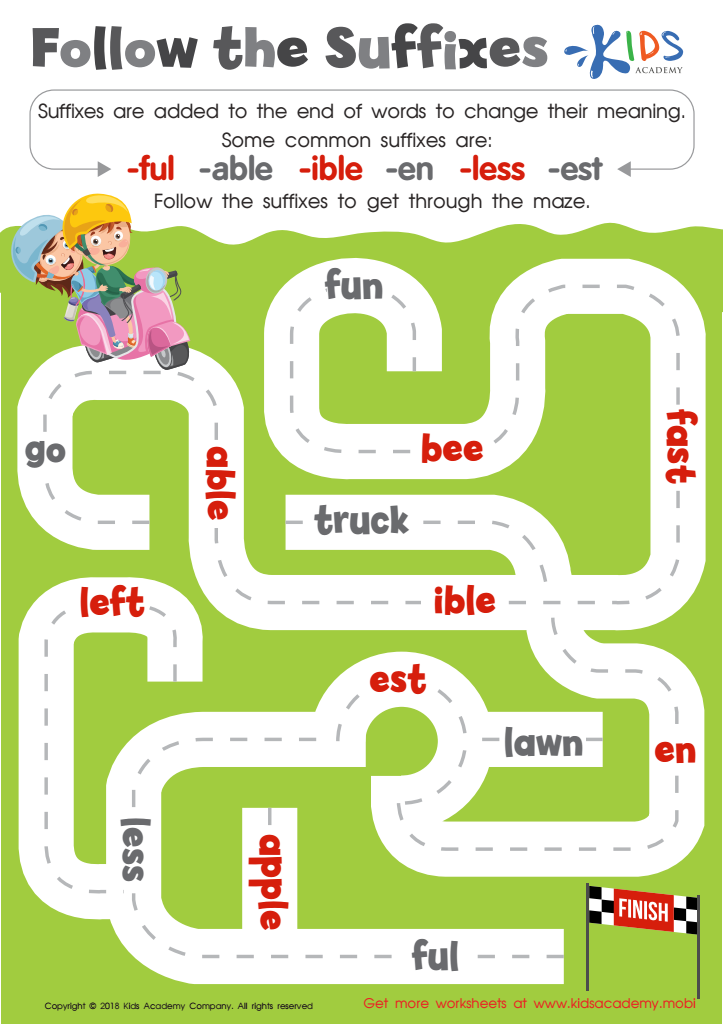

Reading: Follow the Suffixes Worksheet
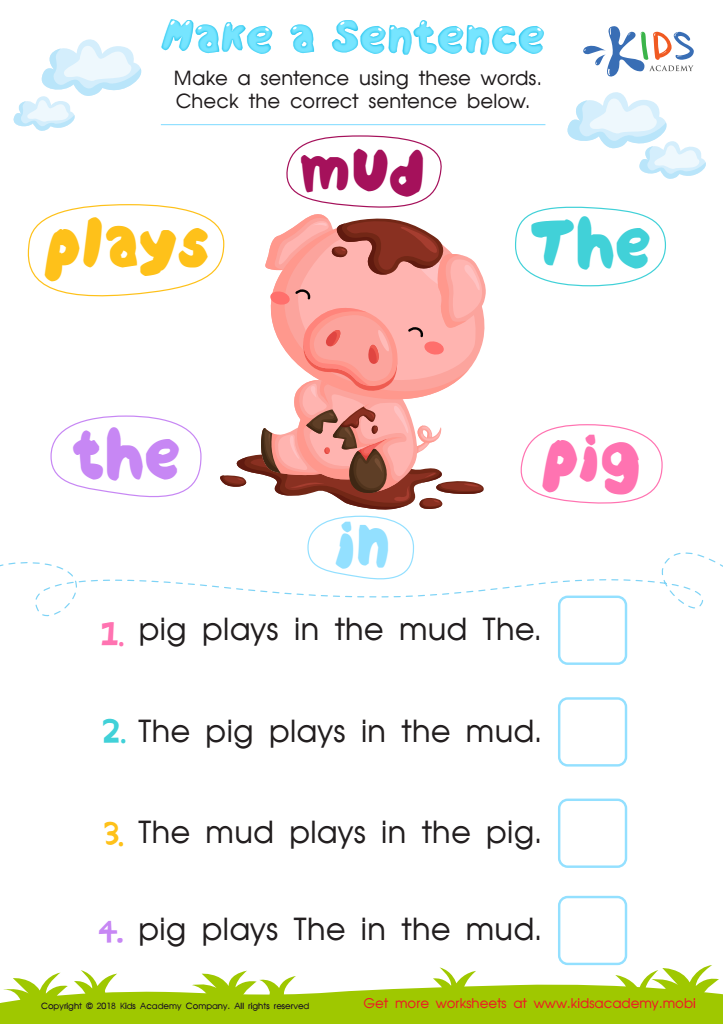

Assessment: Make a Sentence Worksheet
Easy writing for children ages 3-7 plays a crucial role in their early development and foundational skills. At this age, children are at a formative stage where their cognitive, language, and motor abilities are rapidly evolving. Introducing easy writing activities can immensely benefit them in several ways.
First and foremost, writing helps in language development by reinforcing vocabulary, grammar, and sentence structure. Through writing, children express themselves better and develop communication skills critical for academic success and social interaction. Structured writing exercises foster creativity, allowing kids to explore their imagination and put thoughts into words.
Writing also significantly enhances fine motor skills. Holding a pencil, forming letters, and composing words require dexterity and coordination. These physical activities help in developing the muscles in the hands and fingers, which is not only essential for writing but also aids in other tasks like drawing and using scissors.
Additionally, writing activities instill a sense of discipline and concentration. As children practice writing, they must focus and pay attention to detail, thereby improving their overall attention span and persistence.
For parents and teachers, encouraging easy writing from an early age builds a strong academic foundation, setting the stage for future literacy and learning success. It introduces a medium through which children can actively engage with and understand the world around them.
 Assign to My Students
Assign to My Students



